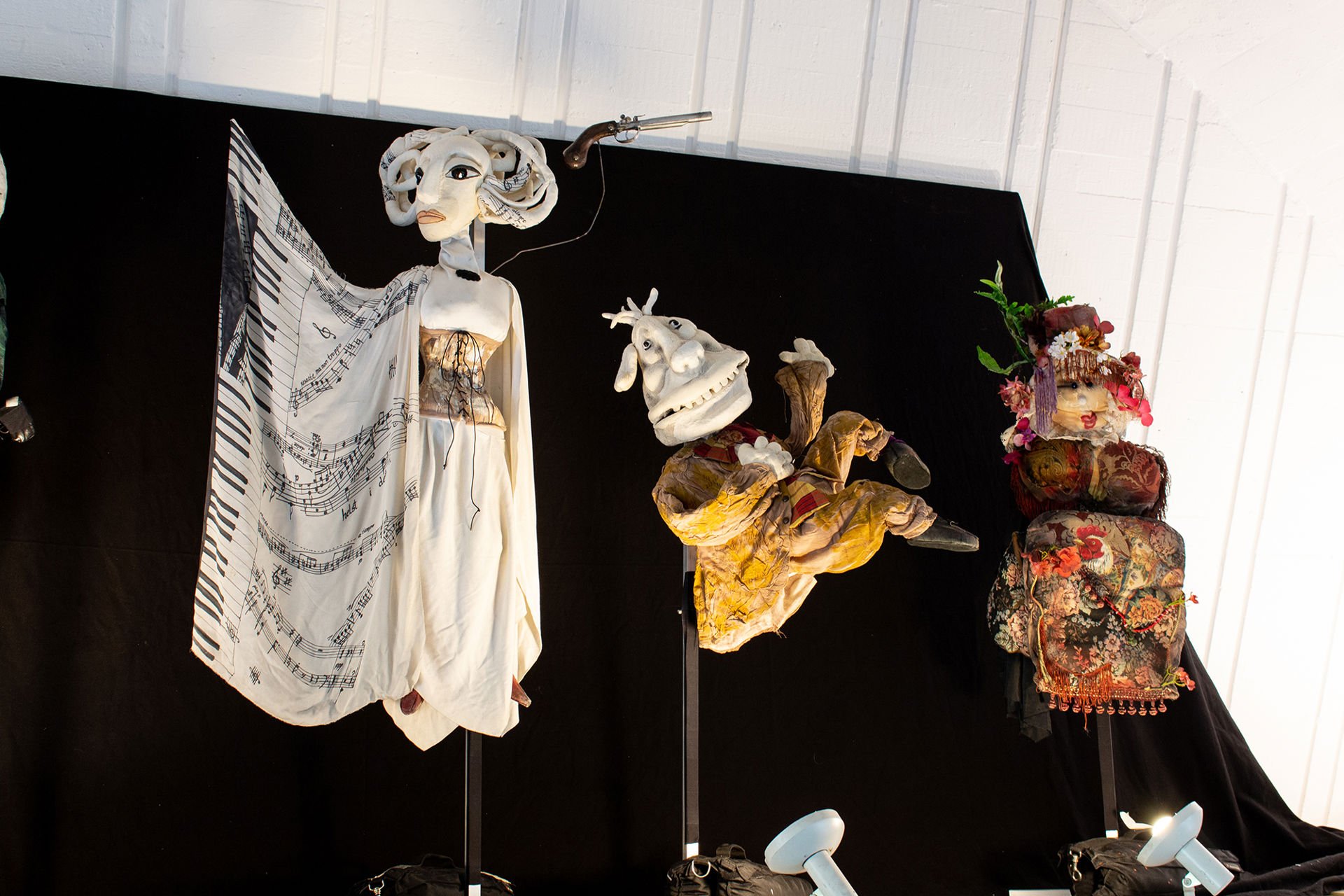
In August 1624, large parts of the old city of Oslo were reduced to ashes. Get to know the new city that emerged.

Experience the magic of puppet theatre through photos of old classics, award-winning shows, and more recent favourites.
The Theatre Museum, Frognerveien 67
1 June 2023 – 25 August 2024
In 1953, puppet theatre became part of the new theatre Folketeatret in Oslo. Since then, the puppet theatre has been located at Oslo Nye Theatre, at the Museum of Oslo, and finally in Trikkestallen at Torshov, where the puppet theatre has had its permanent location since 2003.
Puppet theater is about finding the stories only puppets can tell, and about experimenting to find out how they can do it. For 70 years, countless children and adults have been delighted, amazed and challenged by this very special kind of theatre, and generations of puppeteers, actors, musicians, designers, playwrights and directors have explored and developed the language of puppets.
The photo exhibition is on display in the courtyard of Frogner manor. You can see photos of old classics, award-winning shows, and more recent favourites. Inside the museum, you can see several familiar puppets on display.
Photo: Leif Gabrielsen / Oslo Nye Teater


Tuesday and Wednesday: 11am–4pm
Thursday: 11am–6pm
Friday, Saturday and Sunday: 11am–4pm
Adults: NOK 120,-
Students: NOK 60,-
Children and youth (under 26): Free admission
Free admission for everyone on the first Thursday of the month.
Tickets include entrance to the Museum of Oslo and the Theatre Museum.
Address: Frognerveien 67, 0266 Oslo
Take tram 12 or bus 20 to Frogner plass, or all subway lines to Majorstuen

The Theatre Museum is located in the Frogner Park together with the Museum of Oslo. Here, you can learn about Oslo’s theatre history and discover treasures from the stage. See original costumes, props, photos, and stage design models.
You can also visit our pleasant café and gift shop.

In August 1624, large parts of the old city of Oslo were reduced to ashes. Get to know the new city that emerged.

What do you think Oslo will look like in 30, 50, or 70 years?
Six artists based in Senegal and Norway are behind the exhibition Ndiakhass – which means patchwork in Wolof.
